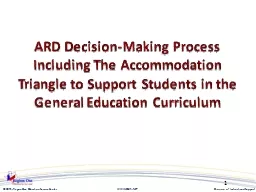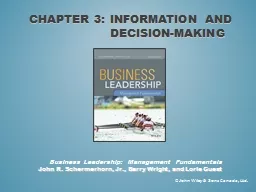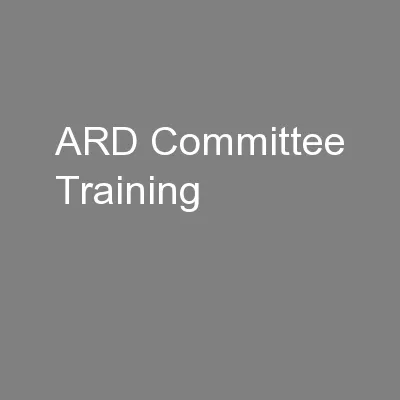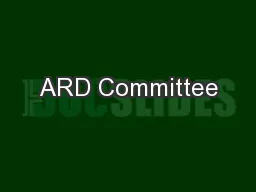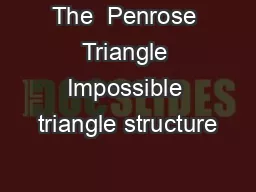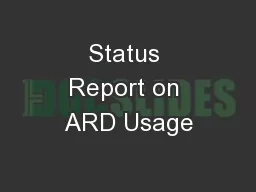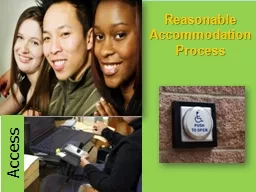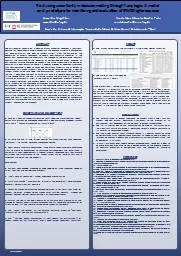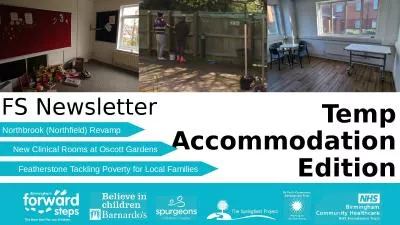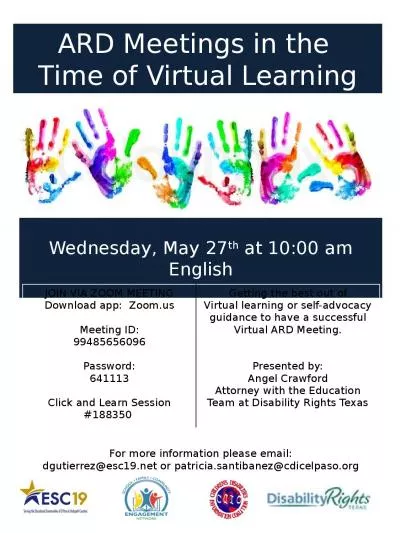PPT-ARD Decision-Making Process Including The Accommodation Triangle to Support Students
Author : kittie-lecroy | Published Date : 2020-04-04
1 Housekeeping Presenters Debbie Buchanan Education Specialist Assessment Vicki Payne Rainwater Education Specialist AGC Inclusion Questions Submit your questions
Presentation Embed Code
Download Presentation
Download Presentation The PPT/PDF document " ARD Decision-Making Process Including T..." is the property of its rightful owner. Permission is granted to download and print the materials on this website for personal, non-commercial use only, and to display it on your personal computer provided you do not modify the materials and that you retain all copyright notices contained in the materials. By downloading content from our website, you accept the terms of this agreement.
ARD Decision-Making Process Including The Accommodation Triangle to Support Students: Transcript
Download Rules Of Document
" ARD Decision-Making Process Including The Accommodation Triangle to Support Students"The content belongs to its owner. You may download and print it for personal use, without modification, and keep all copyright notices. By downloading, you agree to these terms.
Related Documents

